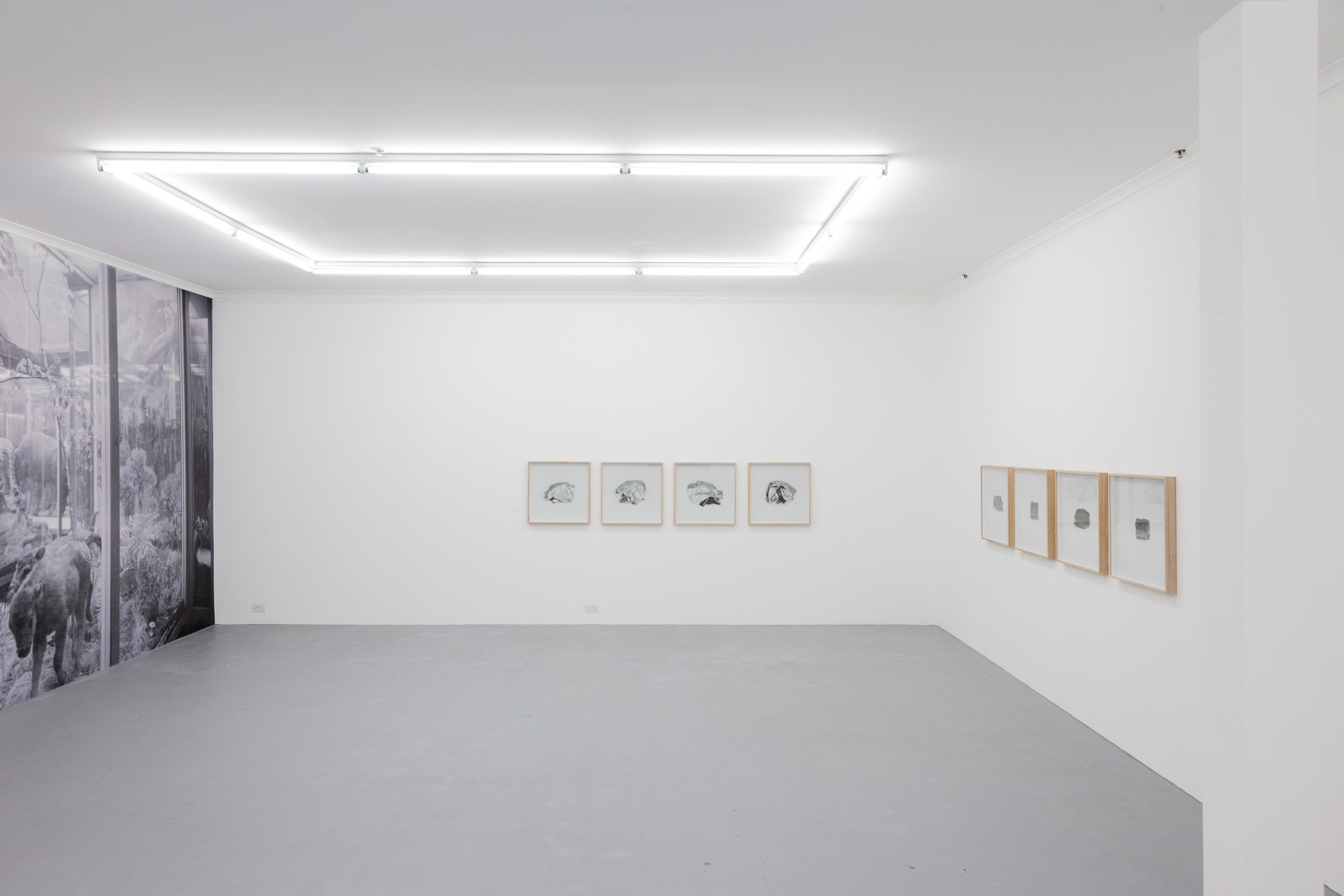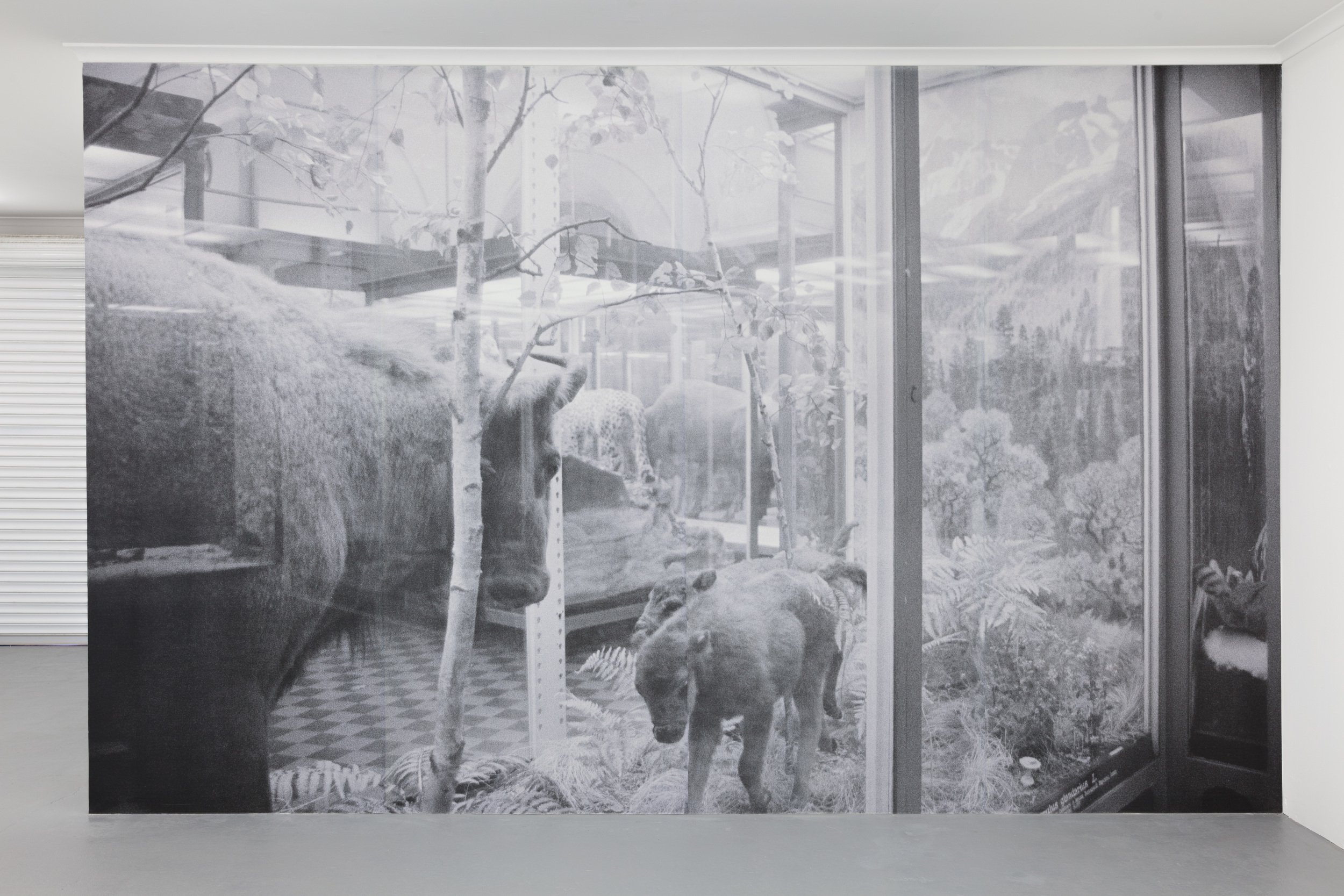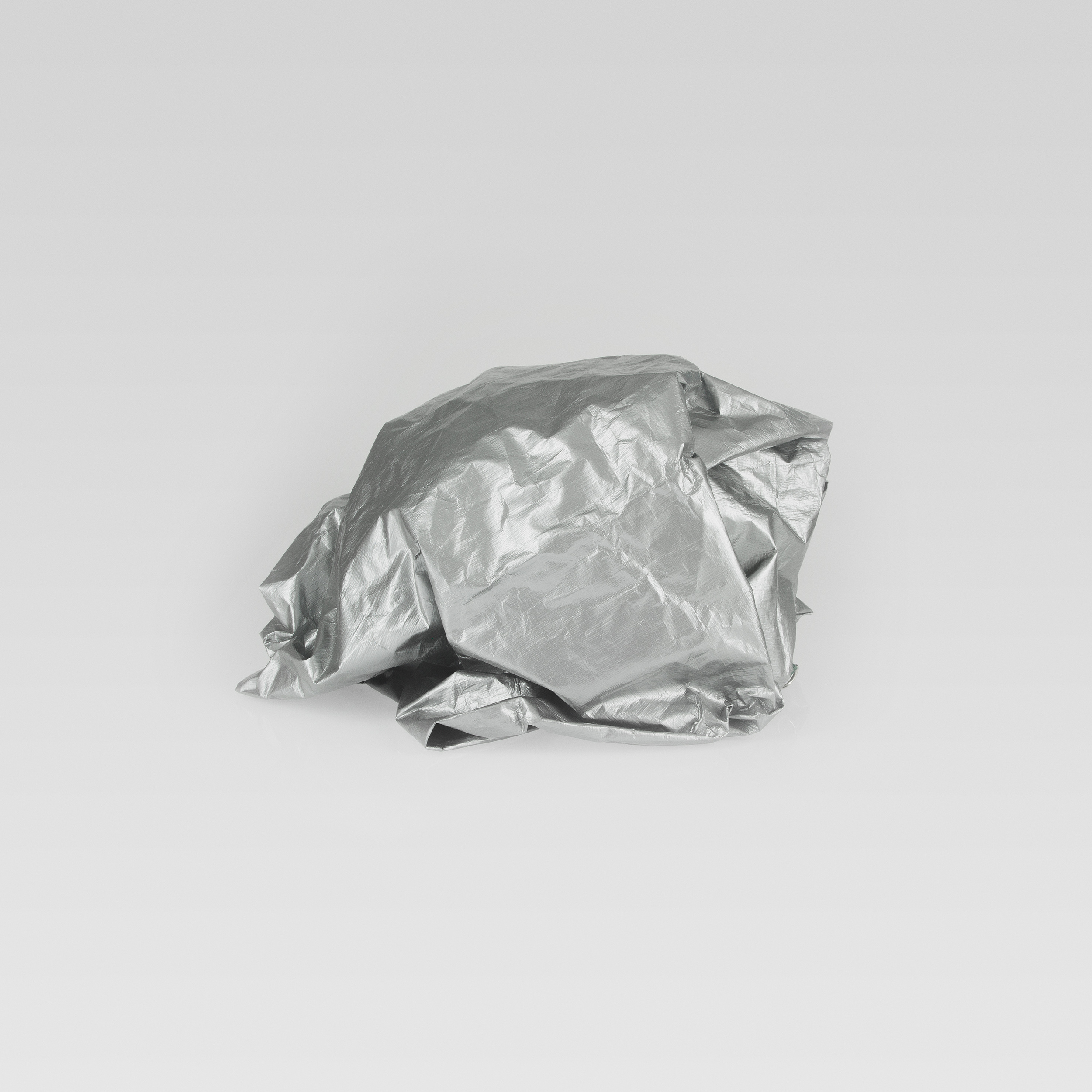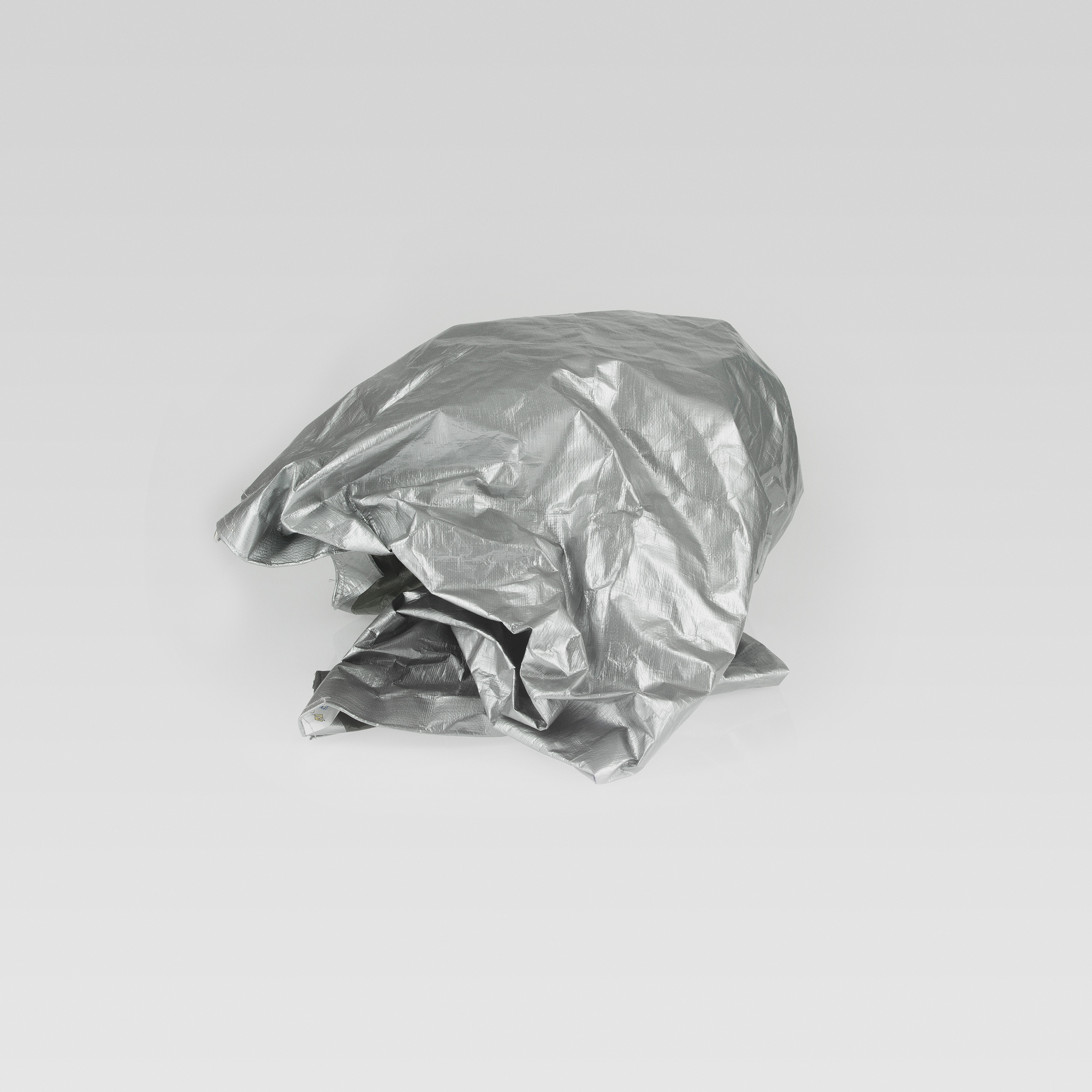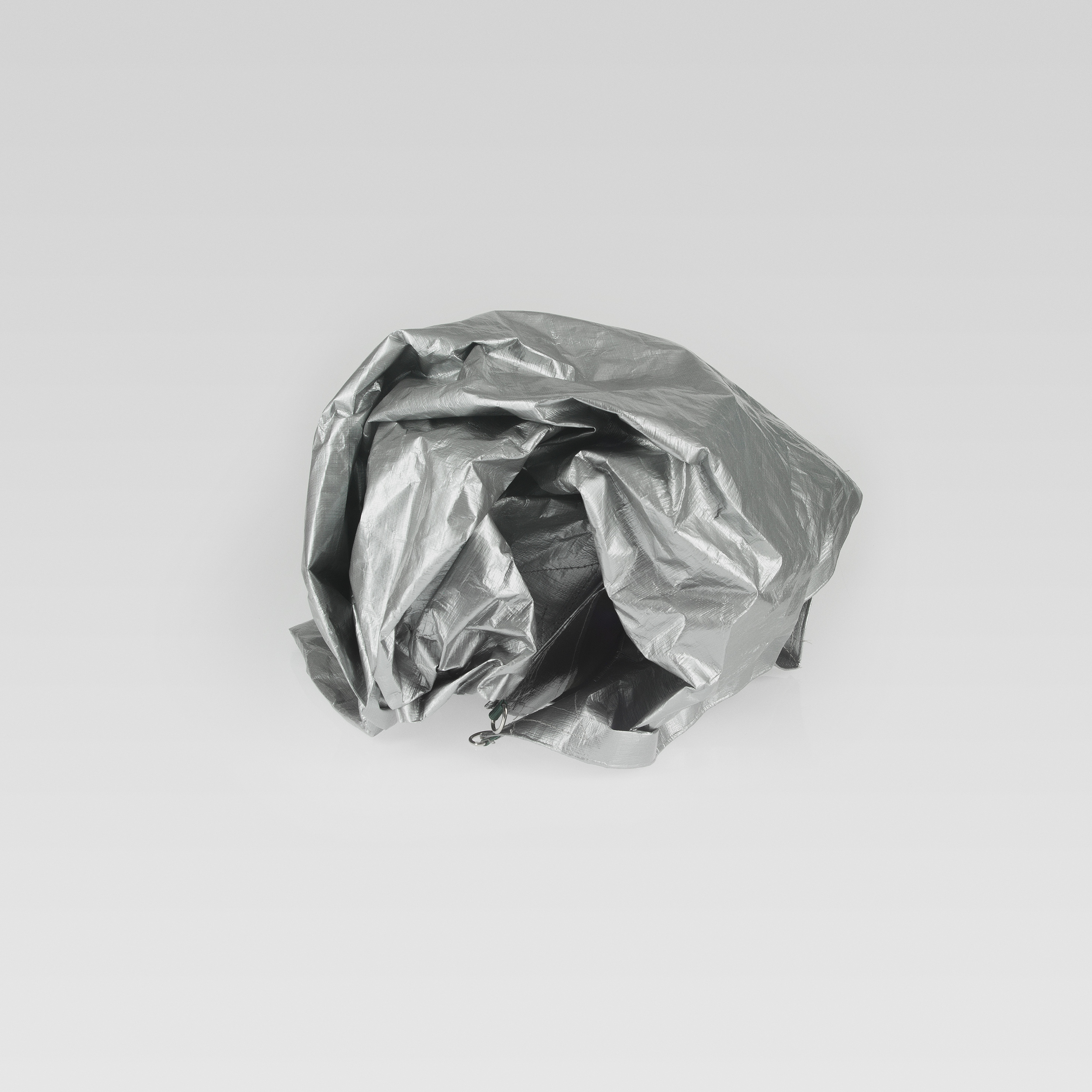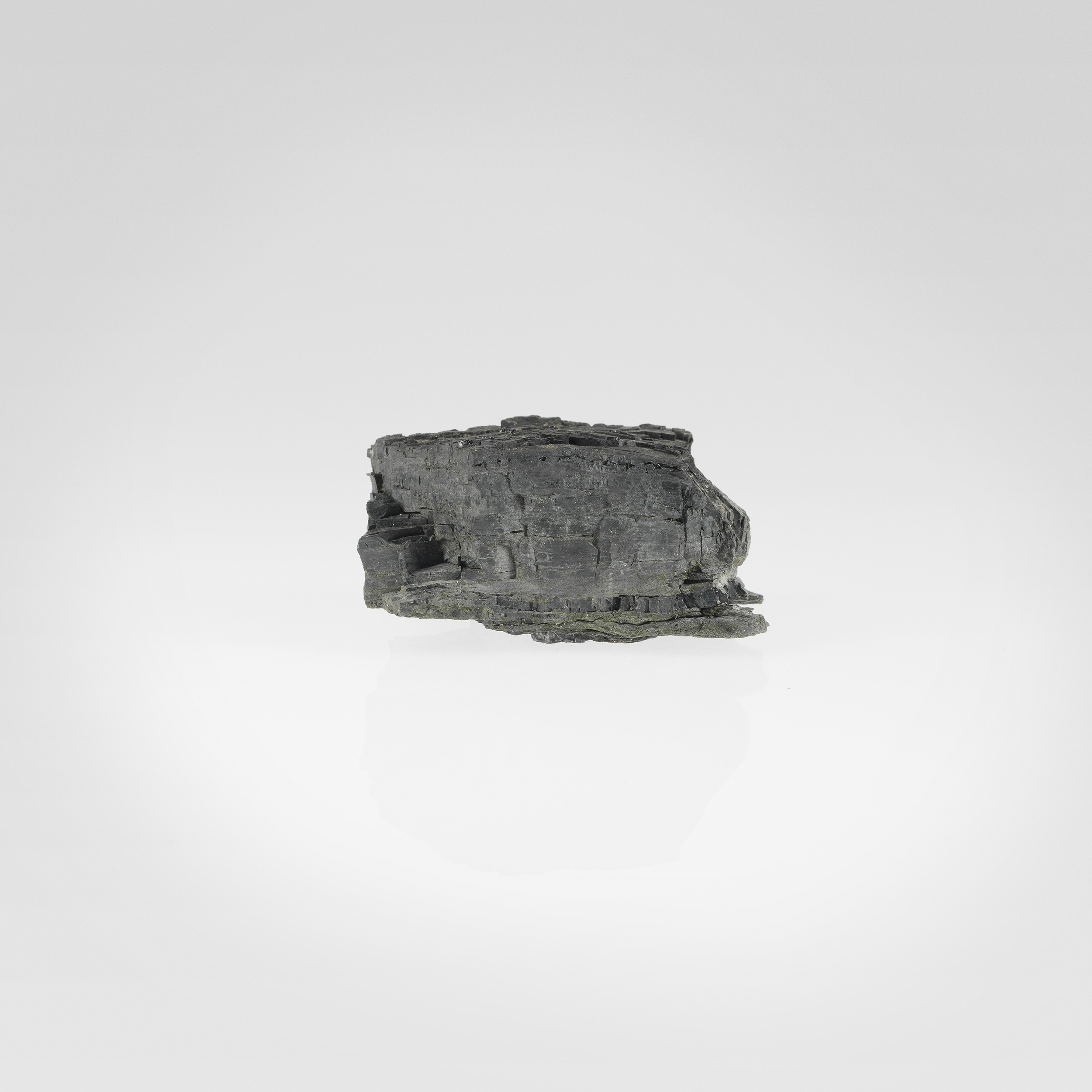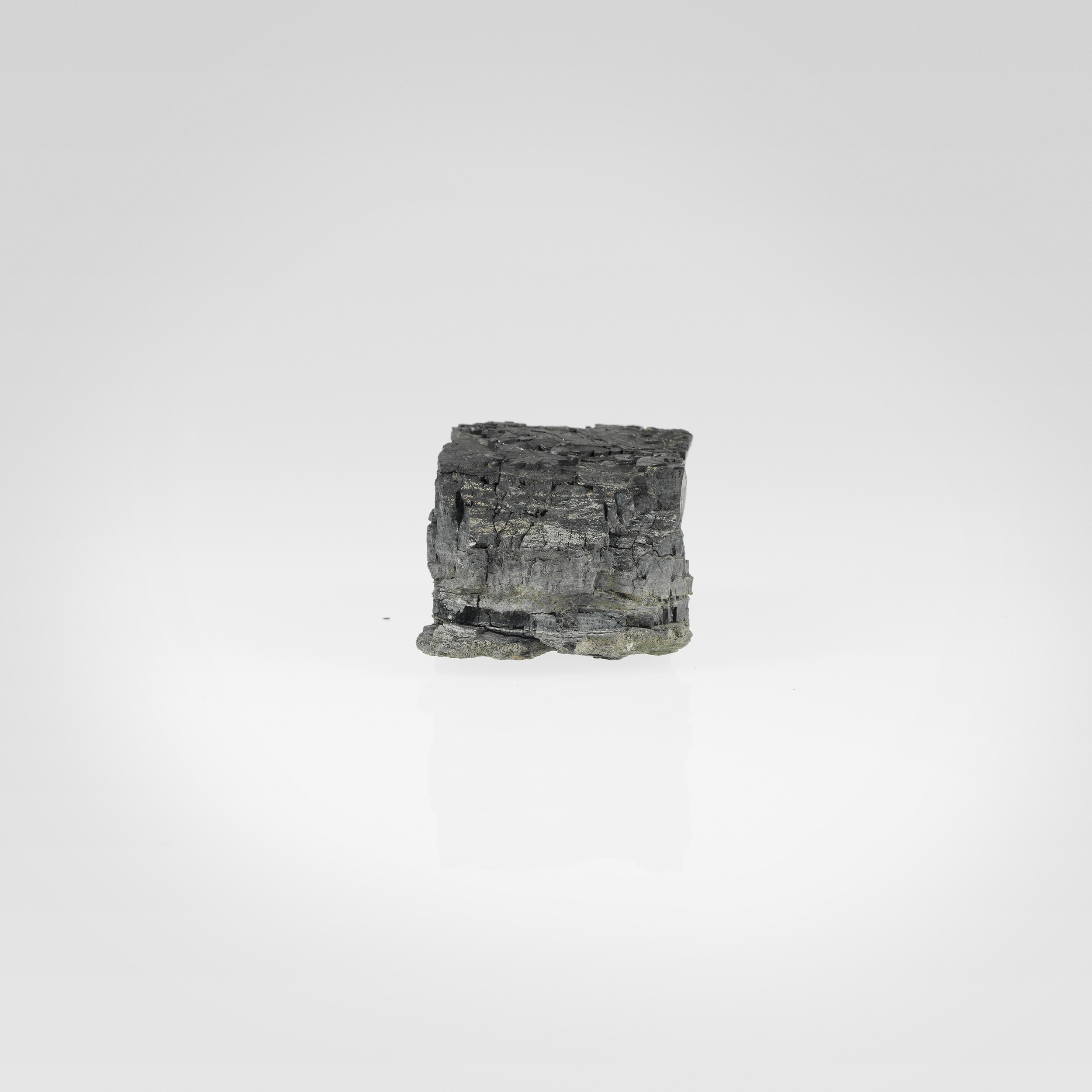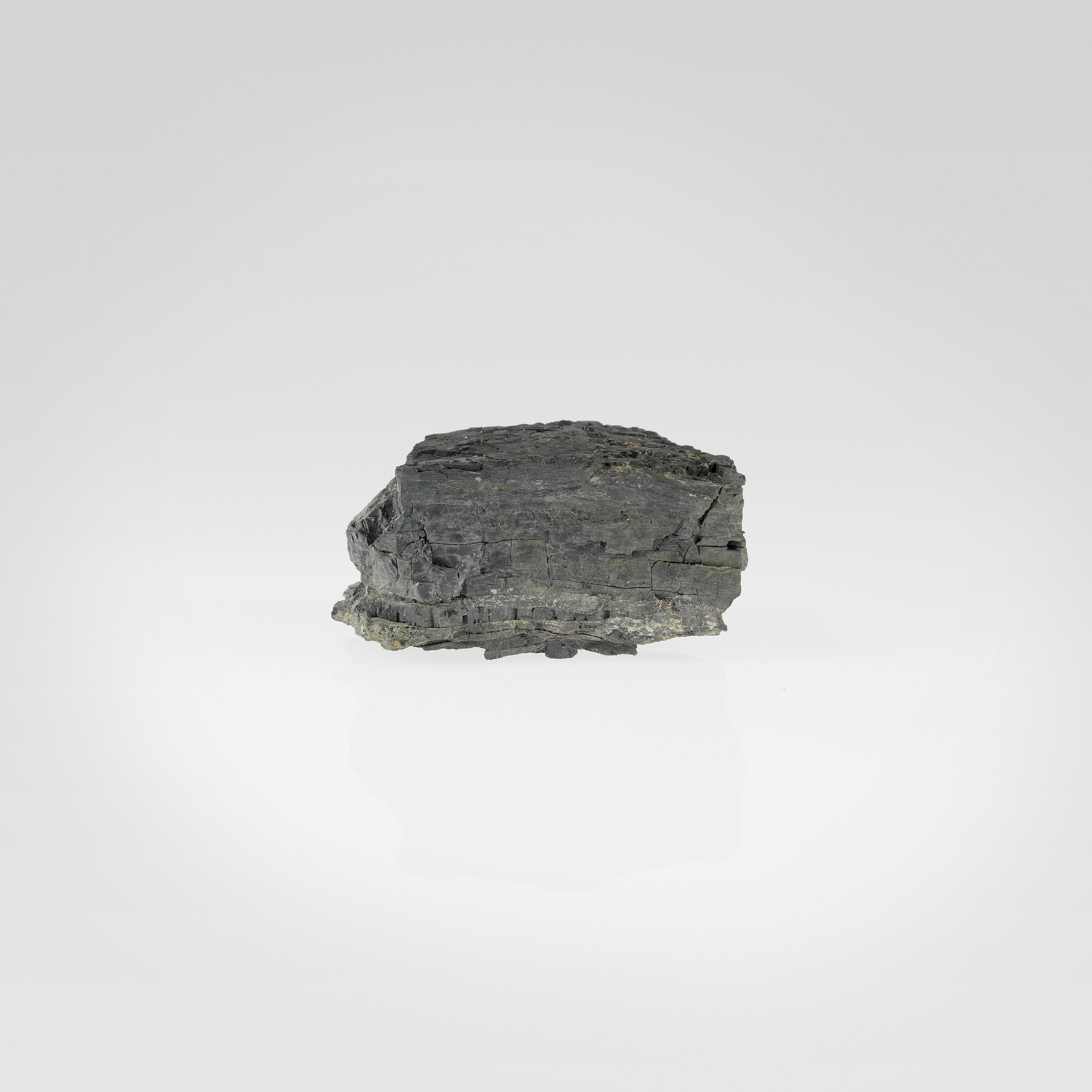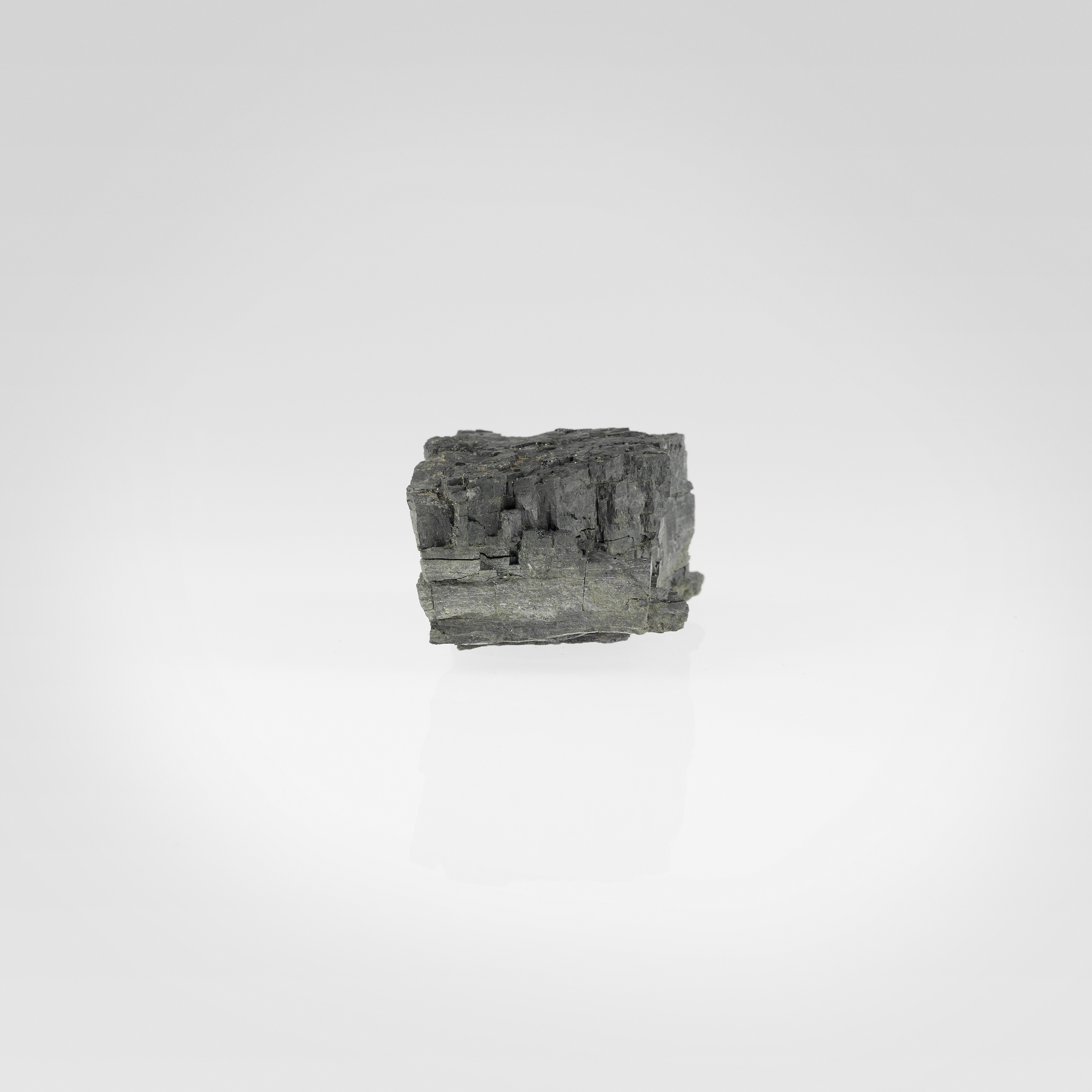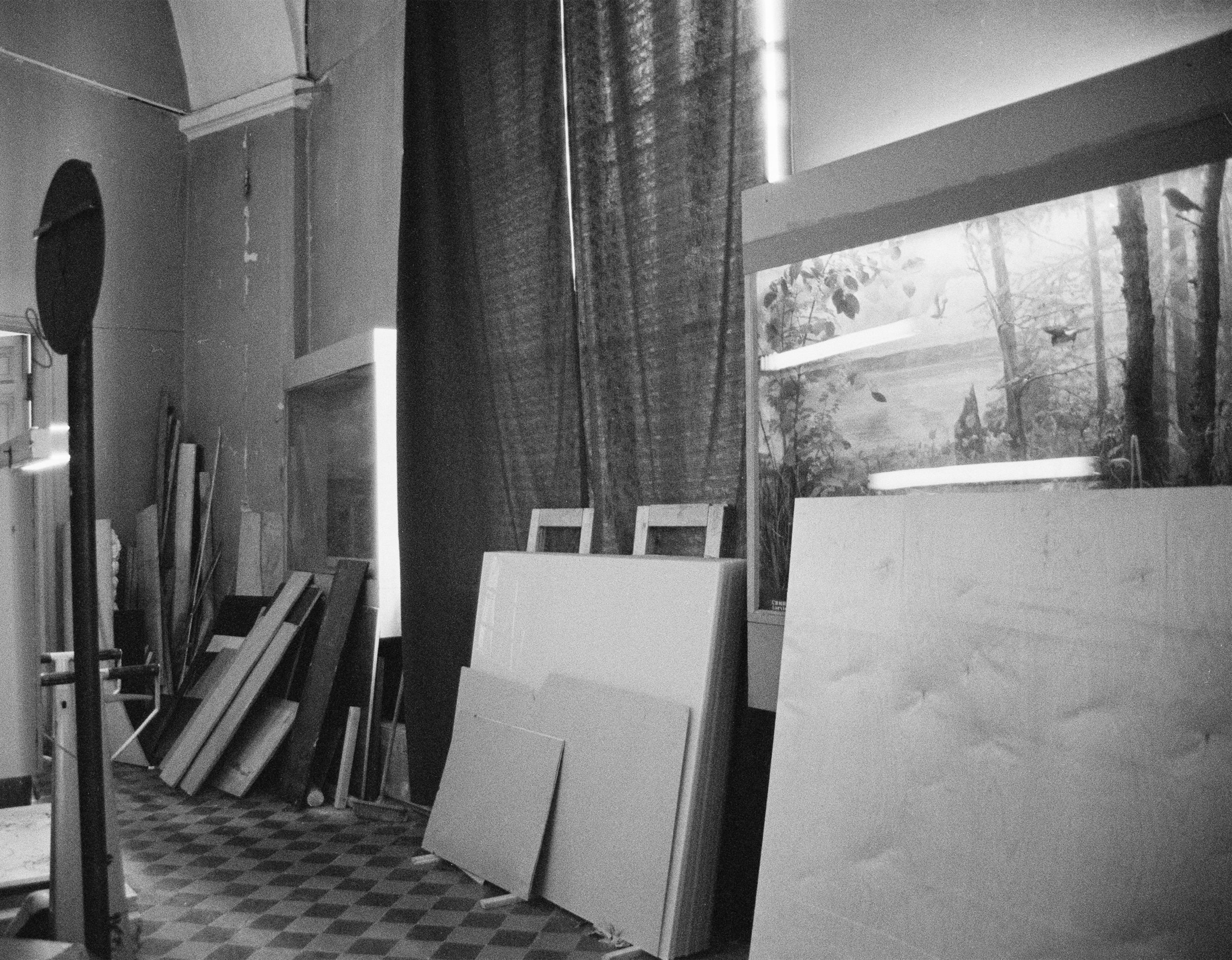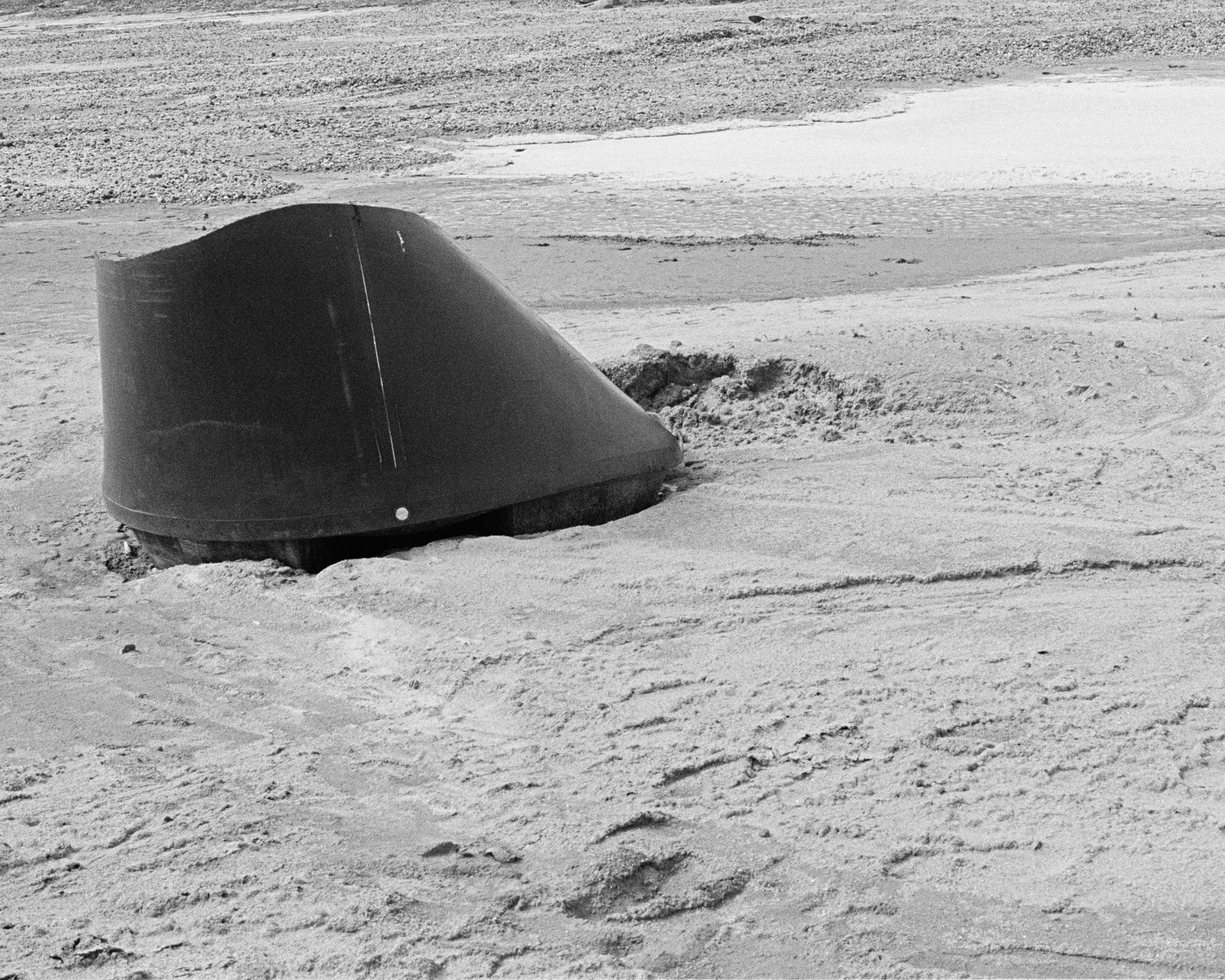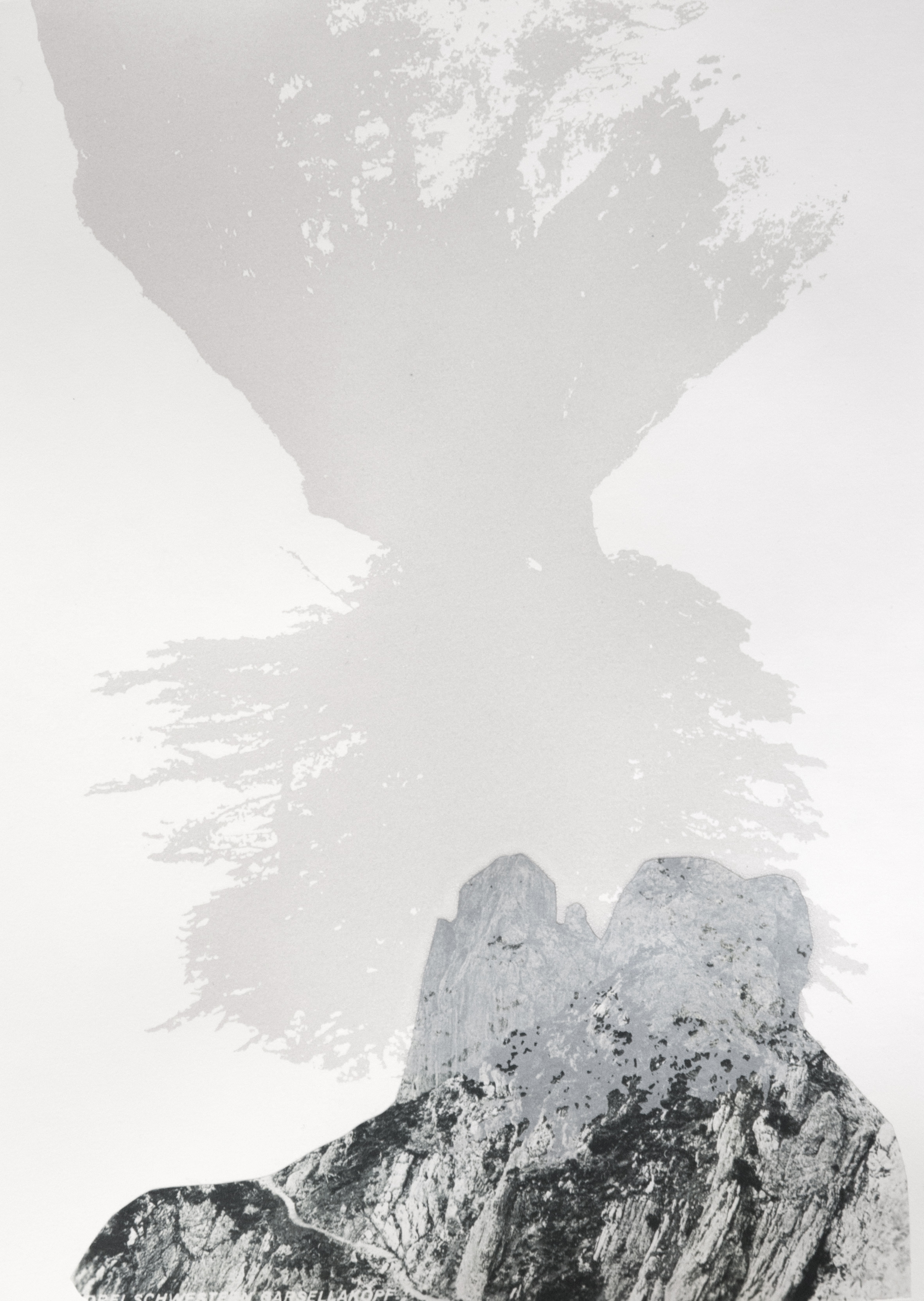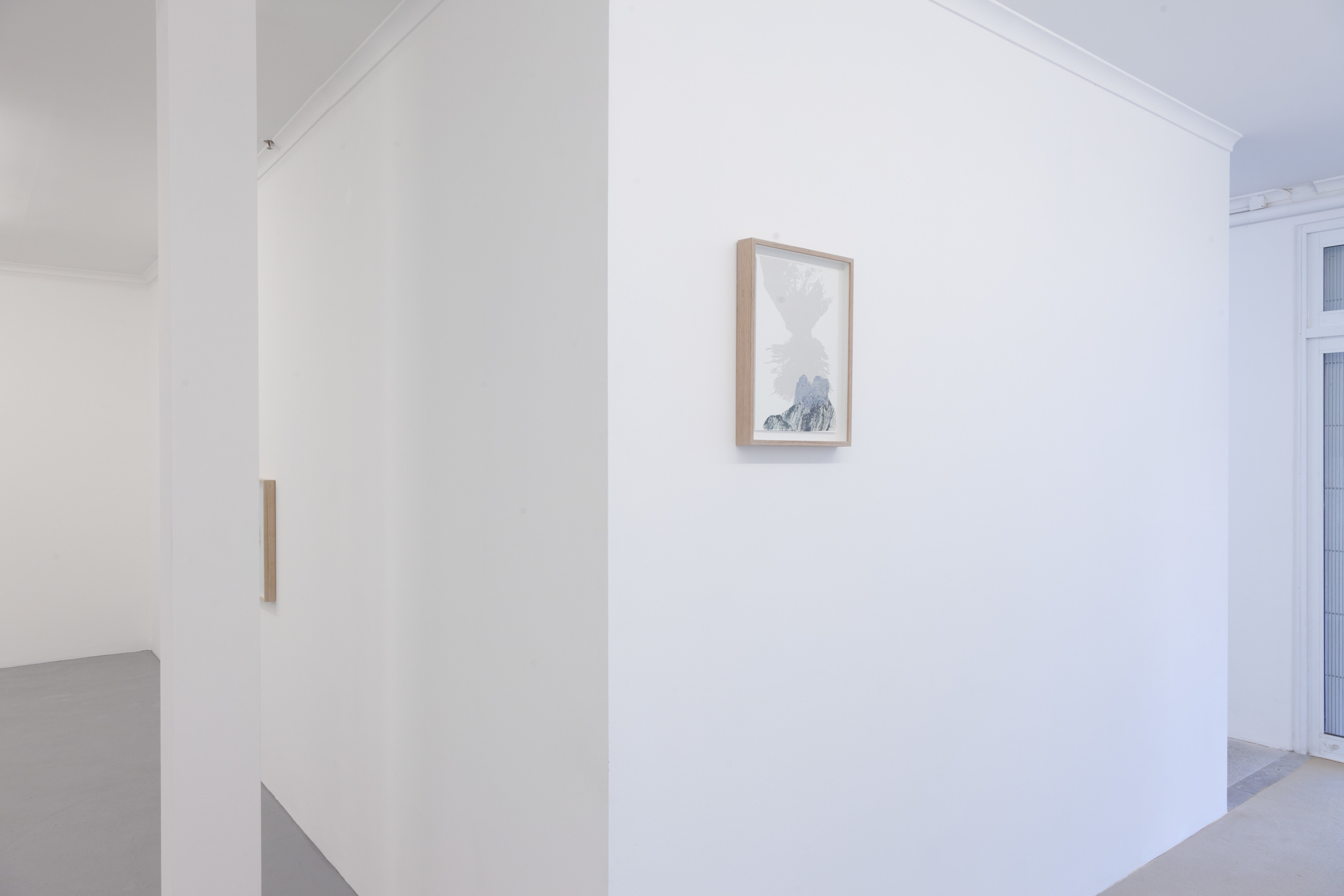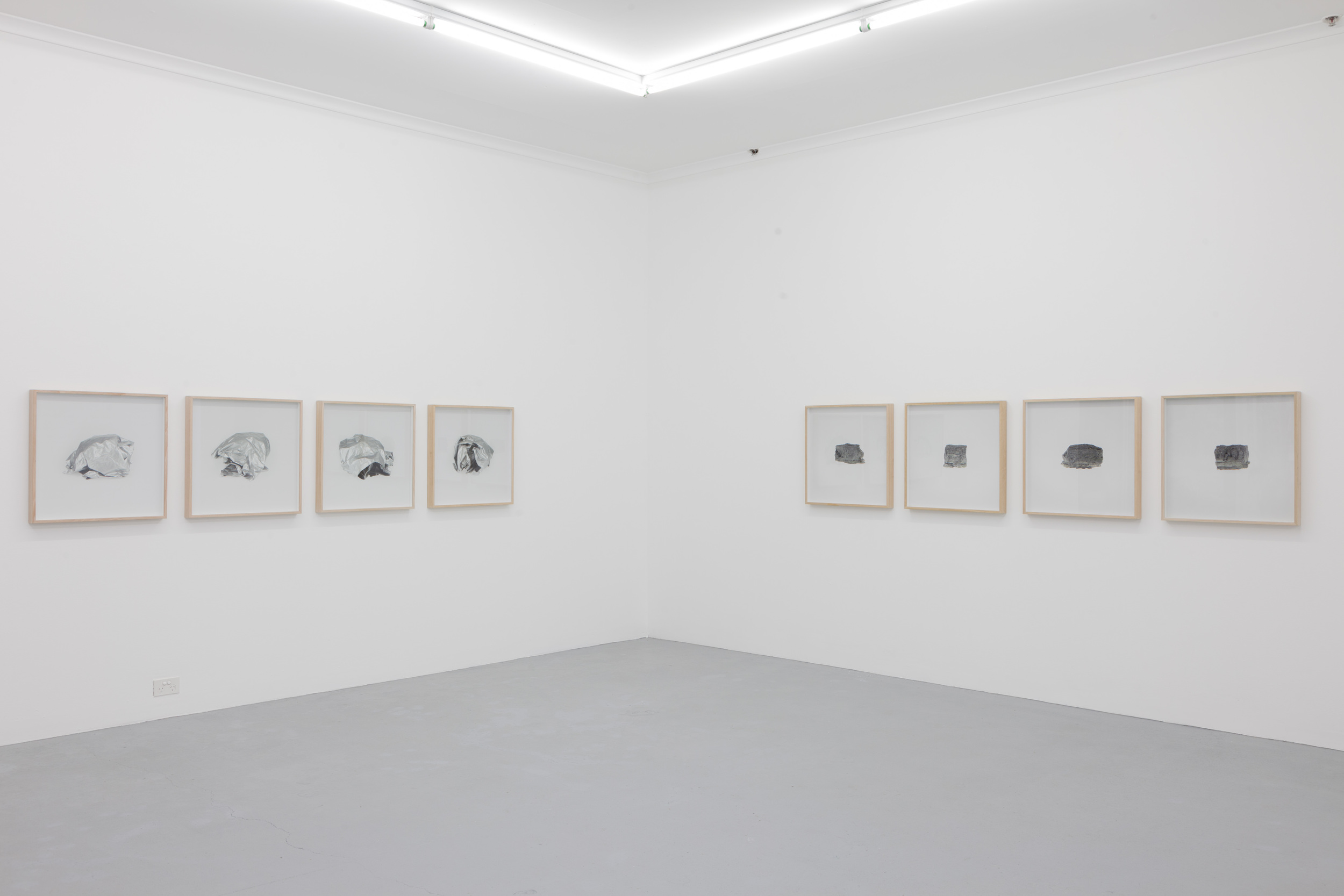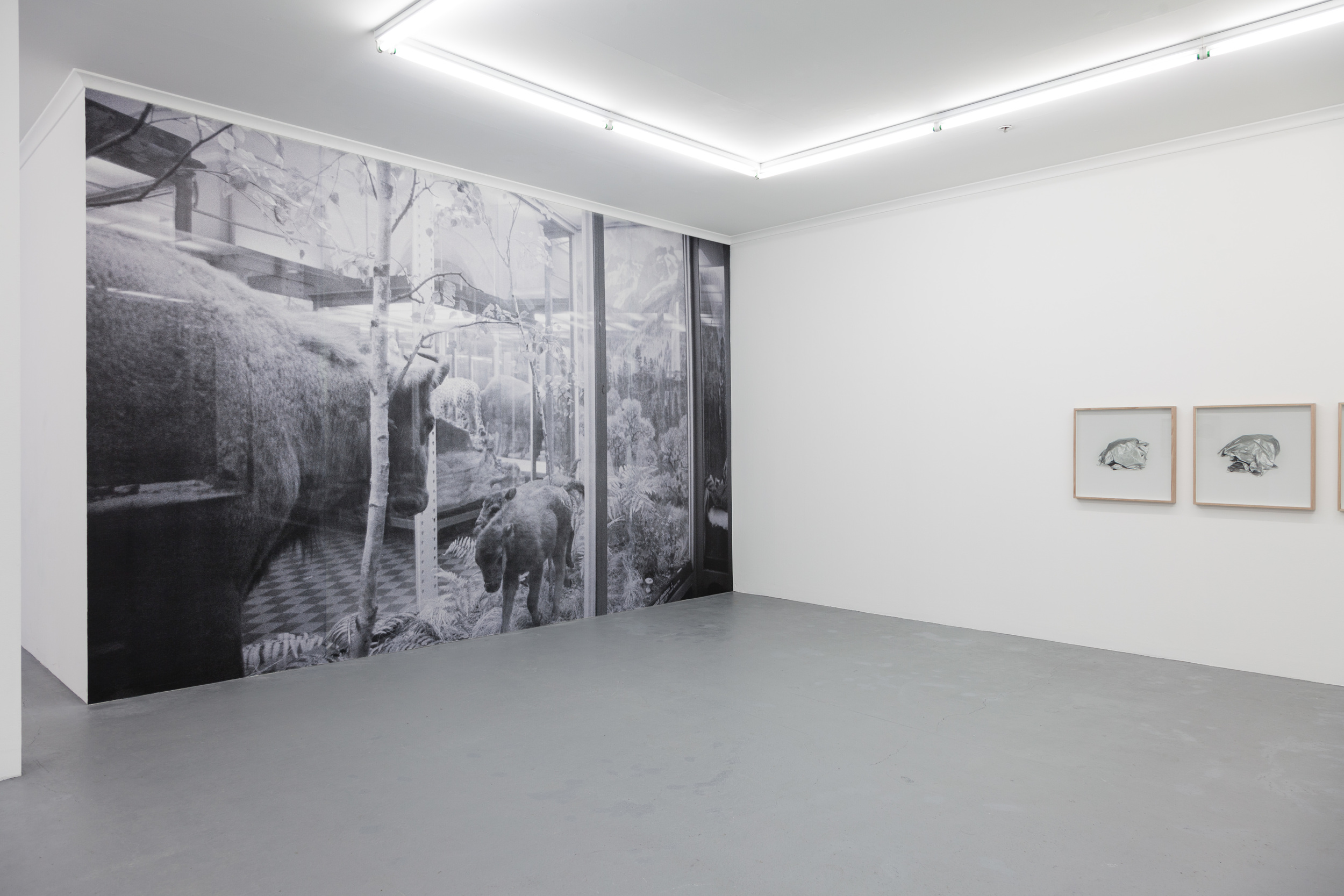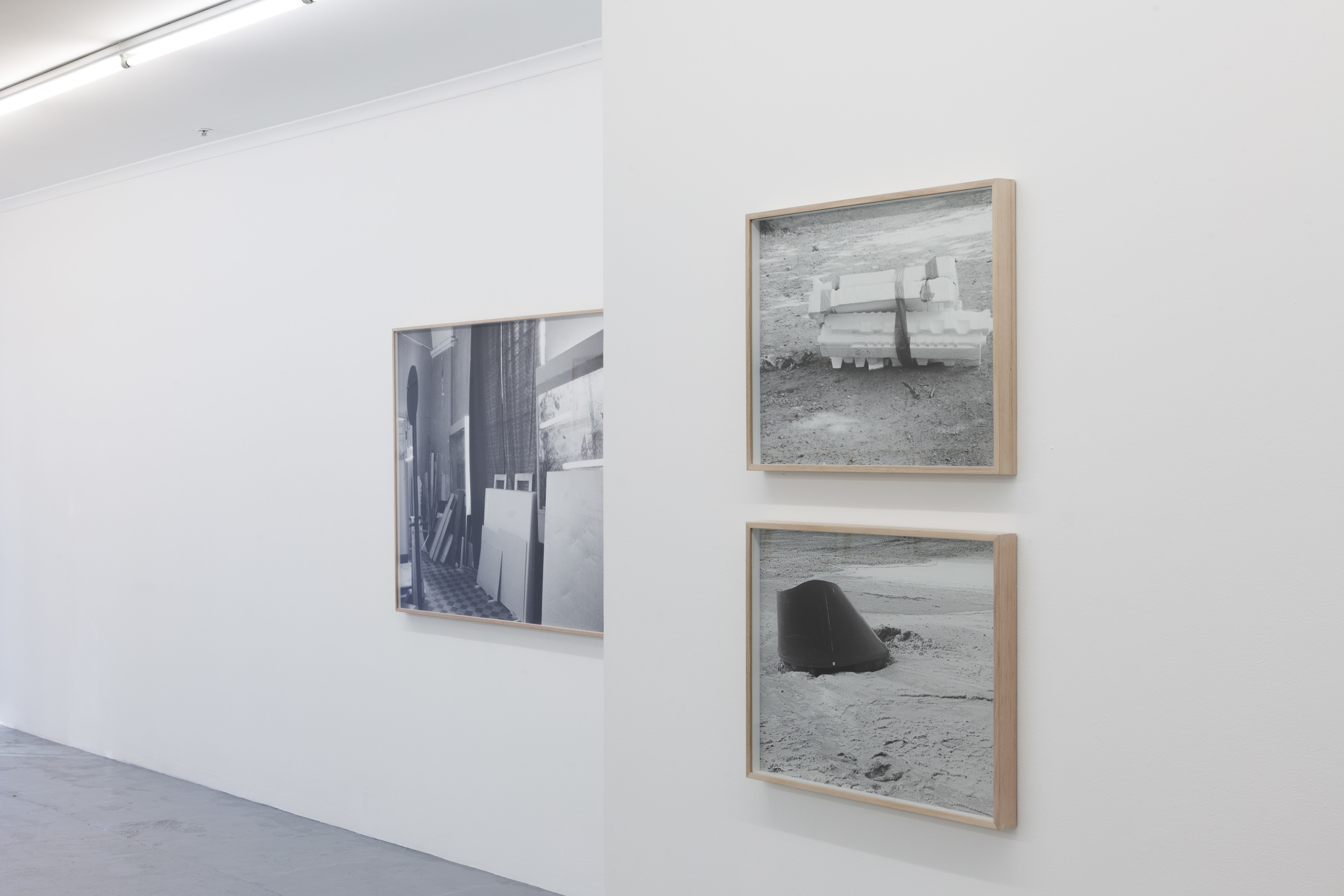Agency of inanimate objects
Gallery pompom, Sydney
30 April - 5 May
The increasing frequency of predictions about the uncertainty of the Earth’s future is unnerving. As our world experiences fundamental changes that are irreversible, we are re-evaluating our place and the mark we leave upon this planet. Izabela Pluta’s second solo exhibition at Galerie pompom, Agency of inanimate objects, draws upon the unsettling nature of apocalyptic prophesies by investigating the nature of objects that are imbued with temporal obsolescence.
The only archeological remains that survive across millennia are a result of favorable preservation conditions in the soil and atmosphere. Other objects disintegrate over time and are absent from archaeological record. What traces will be left of our society’s material debris? At what point does an object become remarkable rather than obsolete?
In early archeology, the Rosetta Stone created a turning point in how one thought about ancient objects – where the emphasis was no longer on the possession of the object but deciphering the information the object contained.
Museum – an image exhibited as photomural wallpaper from inside a natural history museum – is a reference to Georges Cuvier’s 1795 reconstruction of a mammoth to demonstrate his new theory of fossils transforming them from sheer curiosities into traces of life that has been extinct and proof of catastrophic transformations in the history of the earth. This work is life size and depicts a complex web of layers and reflections – glass, mirrors and murals of mountain vistas – that house preserved species or hybrids. The photographic process renders time still echoing the frozen diorama in an ambiguous montage.
Pluta’s works highlight the breadth and eclectic potential of photographic materiality while using allegory to articulate her intellectual inquiry. Agency of inanimate objectscombines still-life photography with collage and vernacular snapshots of found objects. The works present a set of formal and psychological associations that frame continual tensions around the irreversible changes that are occurring in the environment, the effects of time and how the photographic image operates as a vehicle for witnessing various states of ruin.
photo documentation: docQment

